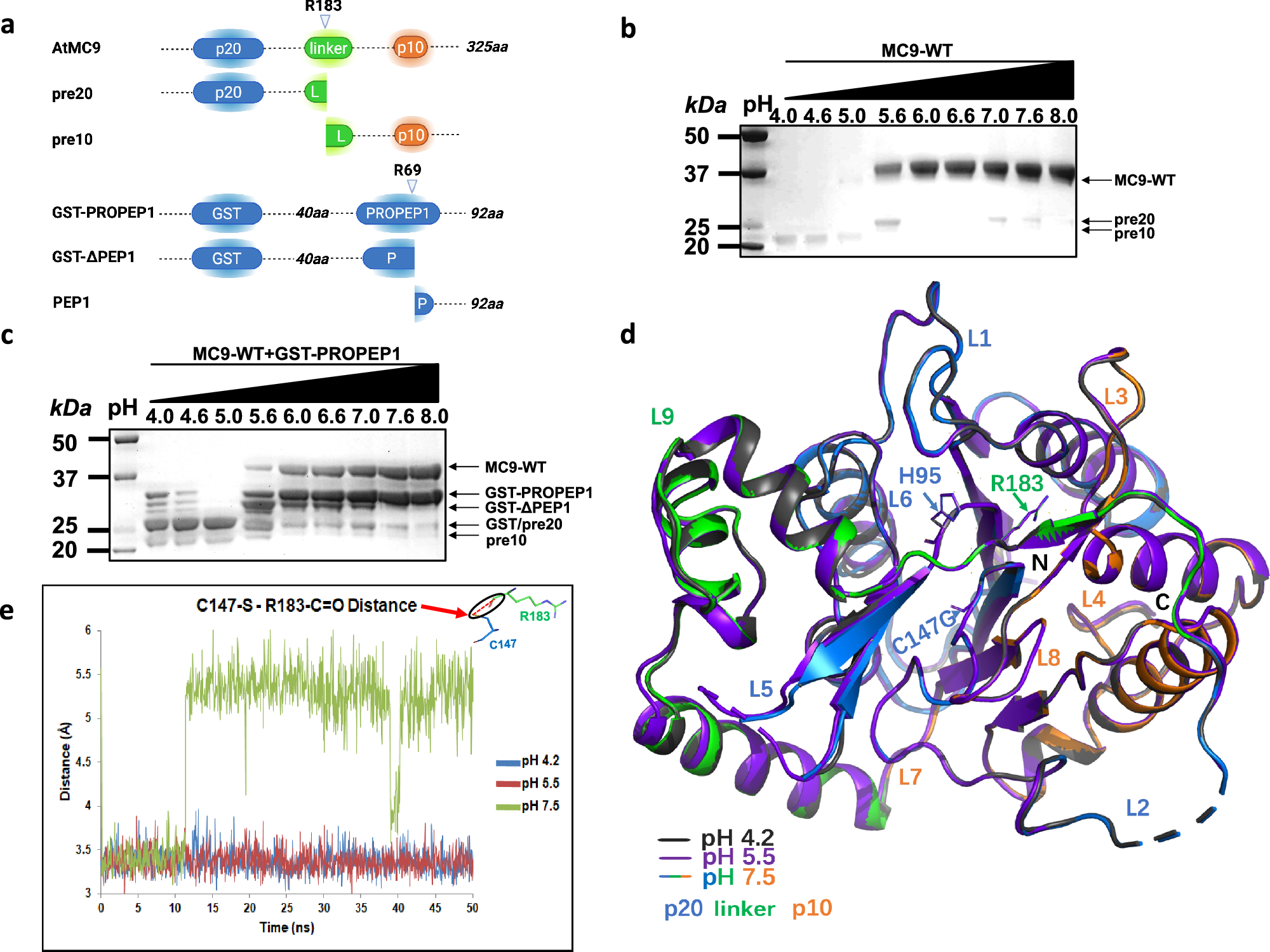2025-05-28 イェール大学
<関連情報>
- https://medicine.yale.edu/internal-medicine/news-article/opioid-overdose-crisis-medications-prevent-subsequent-overdoses/
- https://www.sciencedirect.com/science/article/abs/pii/S0376871625001322
非致死的オピオイド過剰摂取後の依存症治療の受診とその後の過剰摂取リスク: 後向きコホート研究 Receipt of addiction treatment after nonfatal opioid overdose and risk of subsequent overdose: A retrospective cohort study
Benjamin A. Howell, Anne Black, Hsiu-Ju Lin, Mark A. Liberatore, Christina R. Greene, Gail D’Onofrio, Robert Heimer, Lauretta E. Grau, Kathryn Hawk, David A. Fiellin, William C. Becker
Drug and Alcohol Dependence Available online: 13 May 2025
DOI:https://doi.org/10.1016/j.drugalcdep.2025.112679
Highlights
- In overdose survivors, use of methadone or buprenorphine is associated with decreased risk of a subsequent opioid overdose.
- Use of medically supervised opioid withdrawal or extended inpatient treatment did not reduce risk of a subsequent overdose.
- Use of prescribed benzodiazepines was associated with higher risk of subsequent overdose.
- Only 1 in 3 opioid overdose survivors accessed OAT treatment in the 12 months following their overdose.
Abstract
Background
Opioid overdose survivors are at high risk for subsequent overdose. There are few evaluations using real-world data to compare overdose risk after receipt of different addiction treatment modalities.
Objective
To assess the association between receipt of different addiction treatment modalities and risk of subsequent opioid overdose among opioid overdose survivors.
Design
Survival analysis comparing time-to-subsequent overdose within a cohort of opioid overdose survivors using a linked state-wide individual level data of different addiction treatment modalities: opioid agonists treatments (OAT, i.e., methadone or buprenorphine) and non-medication based inpatient addiction treatments (medically supervised opioid withdrawal and extended inpatient treatment).
Subjects
Opioid-involved overdose survivors (N = 4089) admitted to a hospital or emergency department in Connecticut between May 2016 and December 2017
Main measures
Time-to-subsequent overdose (fatal or non-fatal) and time-to-subsequent fatal overdose
Key results
Following the index overdose, 467 (11.4 %) experienced another overdose event within 12 months (87 fatal and 380 non-fatal), 35 % received OAT (25 % buprenorphine and 13 % methadone), and 21 % received inpatient addiction treatment (19 % medically supervised opioid withdrawal and 8 % extended inpatient treatment). In survival analyses adjusted for demographics, incarceration, and receipt of non-OAT opioids or benzodiazepines, receipt of methadone (aHR 0.41, 95 % CI: 0.26–0.66) or buprenorphine (aHR 0.72, 95 % CI: 0.53–0.98) was associated with a decreased risk of subsequent overdose compared to no receipt of methadone or buprenorphine, respectively. Neither medically supervised opioid withdrawal (aHR 1.08, 95 % CI: 0.77–1.50) nor extended inpatient treatment (aHR 0.90, 95 % CI: 0.53–1.54) was associated with reduced risk of subsequent overdose. Neither OAT nor non-medication based inpatient treatment modalities were associated with a change in risk of subsequent fatal overdose; benzodiazepine exposure was associated with increased risk (aHR 2.65, 95 % CI: 1.66–4.23).
Conclusion
Using statewide data, our findings underscore the importance of OAT to reduce risk of subsequent overdose following a non-fatal opioid overdose.



